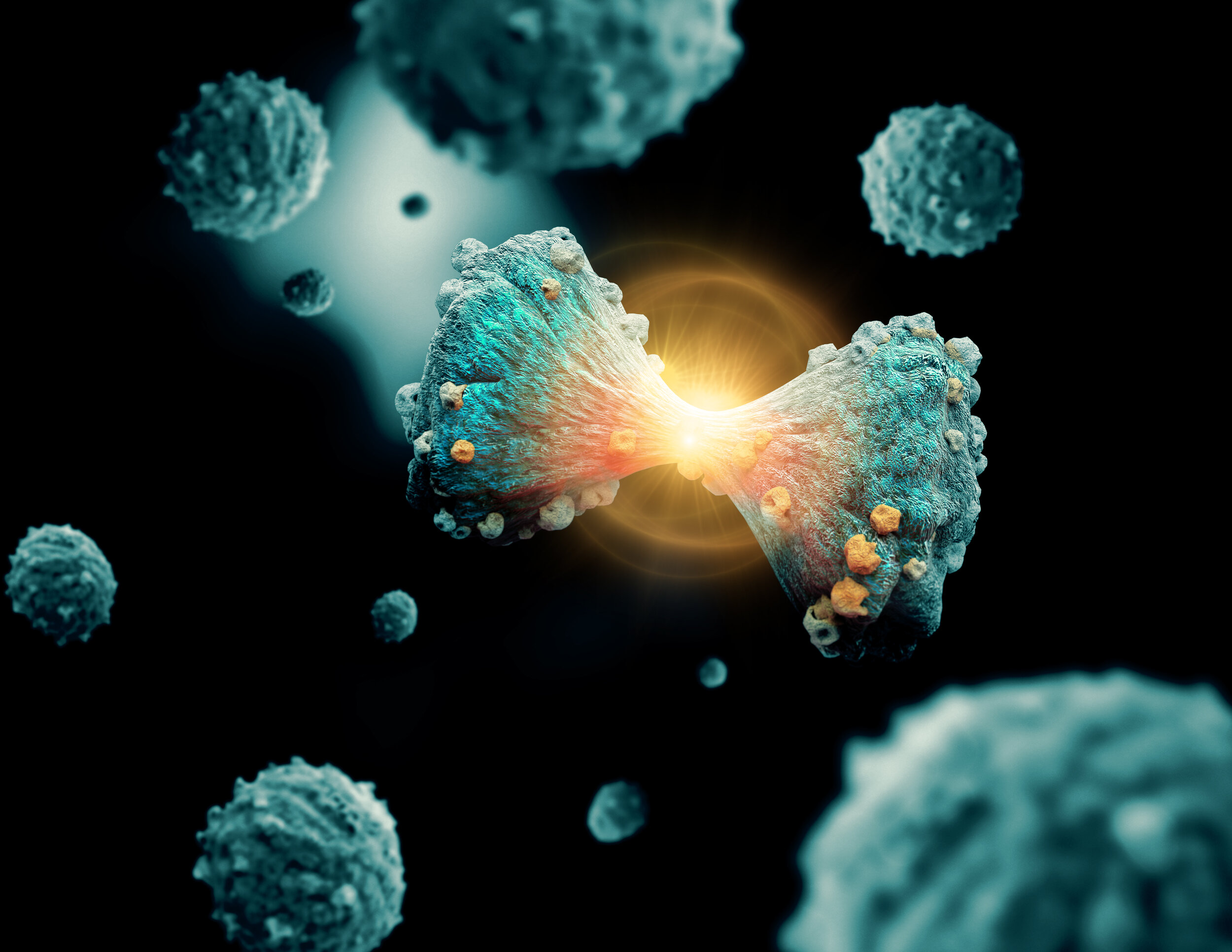Biocompatible thin film: Heating tissue with surgical precision to kill cancer

Human cells are vulnerable to intense heat and die rapidly above 42.5 °C. This property is utilized to treat cancer through a method called "thermotherapy" (also "hyperthermia"). The treatment has a long history, with even the ancient Greek physician Hippocrates being reported to use heat to eliminate cancer.
When tumor tissue is heated, the surrounding normal cells are also exposed to the heat. Although the blood vessels in normal tissue can dilate to release heat, the blood vessels in a tumor cannot, so only cancer cells reach a high temperature. It has also been reported that combining cancer thermotherapy (that works in this way) with radiation therapy and chemotherapy enhances the effect.
Although thermotherapy is promising as a cancer treatment, current methods require large devices for emitting radio waves or microwaves, so only a limited number of facilities are able to provide the treatment.
Applying polymeric thin film in medical treatment
Wearing a watch or other device on the body can cause skin irritation due to the mismatch in softness. Soft materials such as rubber can be used to avoid the mismatch, but this in turn leads to durability issues. To resolve this, Fujie Laboratory is developing a highly flexible polymeric thin film. Making the polymeric thin film thinner also makes it softer, allowing for the creation of flexible, comfortable devices (Advanced Functional Materials, "Flexible Induction Heater Based on the Polymeric Thin Film for Local Thermotherapy").
Using an inkjet printer with conductive ink to draw a circuit on the polymeric thin film, it is possible to create a device that emits light and energy locally, with promising applications in medical treatment.
Local thermal device based on induction heating
The prototype was made based on the concept that when a polymeric thin film is attached to tumor tissue in vivo, and an alternating magnetic field is applied from outside the body, the thin film generates heat by the same principle as an induction cooktop.
Since the polymeric thin film is placed in vivo, the team decided to make it with biocompatible polylactic acid and use gold nano ink for inkjet printing. The gold nano ink needed to be heated to 250 °C to remove the stabilizer and induce conductivity. So it was printed on polyimide film made of a polymeric material that can withstand high temperature treatment.
After treatment at 250 °C, it was transferred to a polylactic acid thin film. The thickness of the thin film is only 7 µm, but it has the strength and flexibility to withstand handling with forceps used in endoscopic surgery.
The research team attached the device to the surface of an animal's liver and applied a magnetic field. One minute of electricity raised the surface temperature by about 7 °C, and 5 minutes raised the temperature by about 8 °C. The liver used in the experiment was normal tissue, and a pathological examination afterwards revealed no burns or other damage.
Future prospects — Development of biocompatible medical devices
The polymeric thin film heating device can be sent non-invasively to tumor tissue using an endoscope. And by applying a magnetic field from outside the body, it is possible to heat the tumor tissue without the need for large equipment. This could likely lead to cancer thermotherapy becoming more widespread.
Source. Image: CI photos/shutterstock





